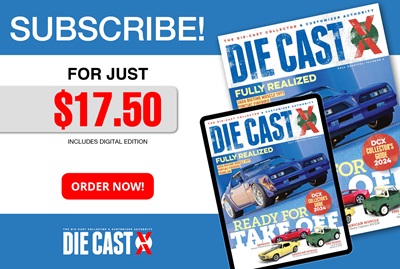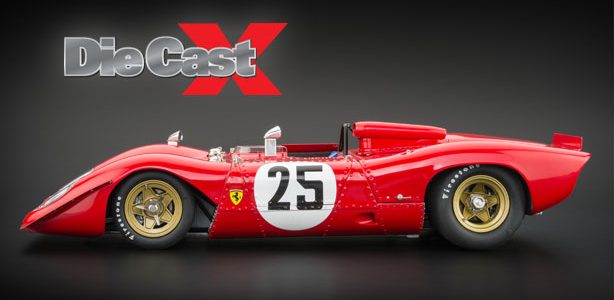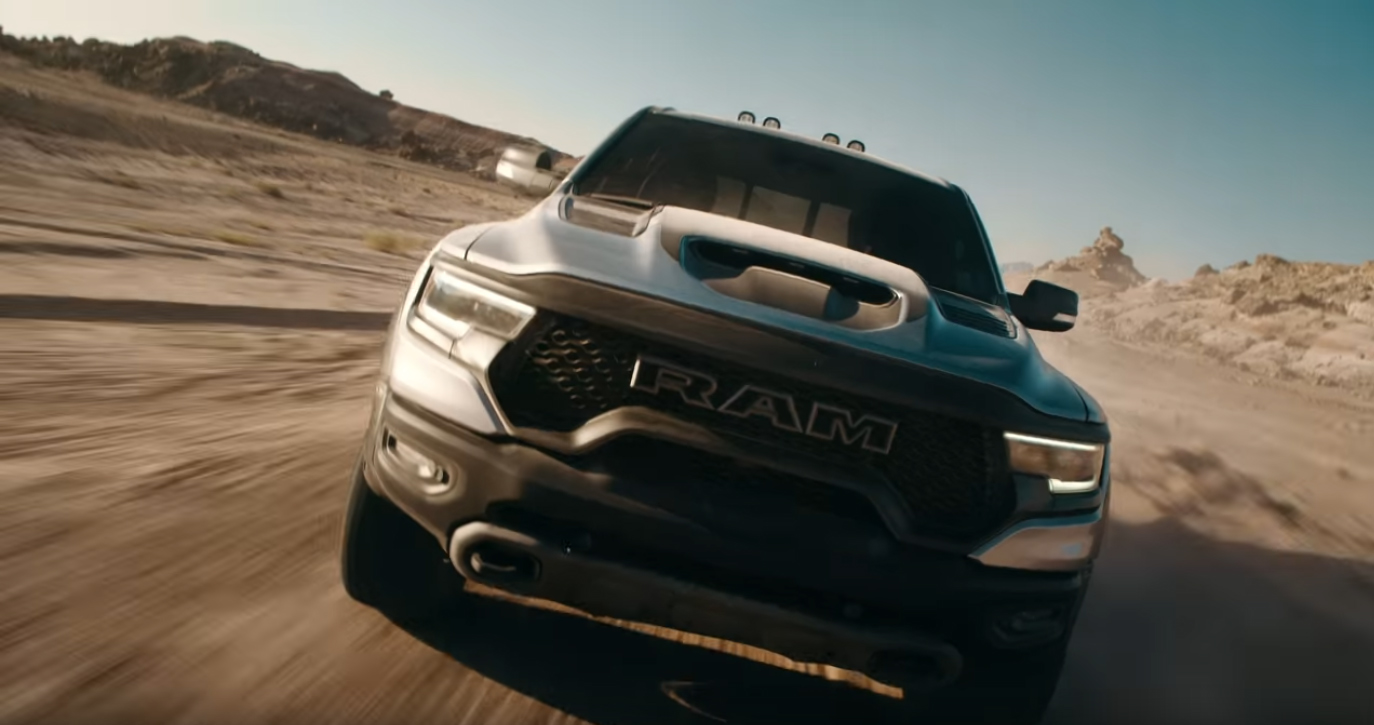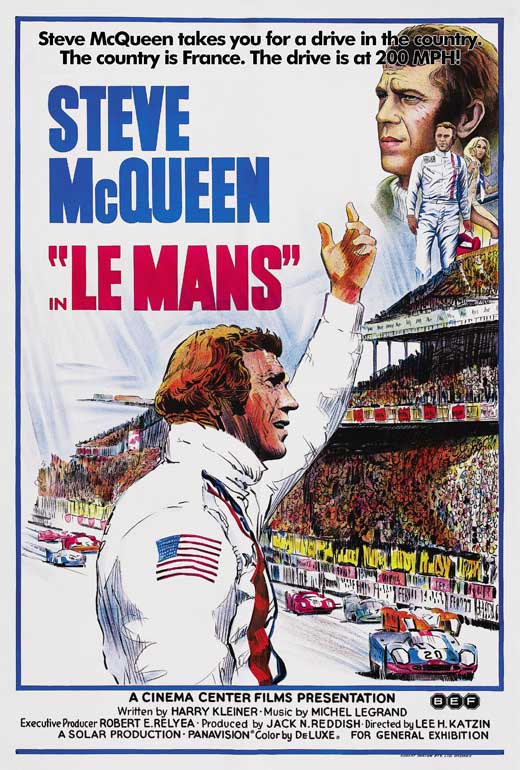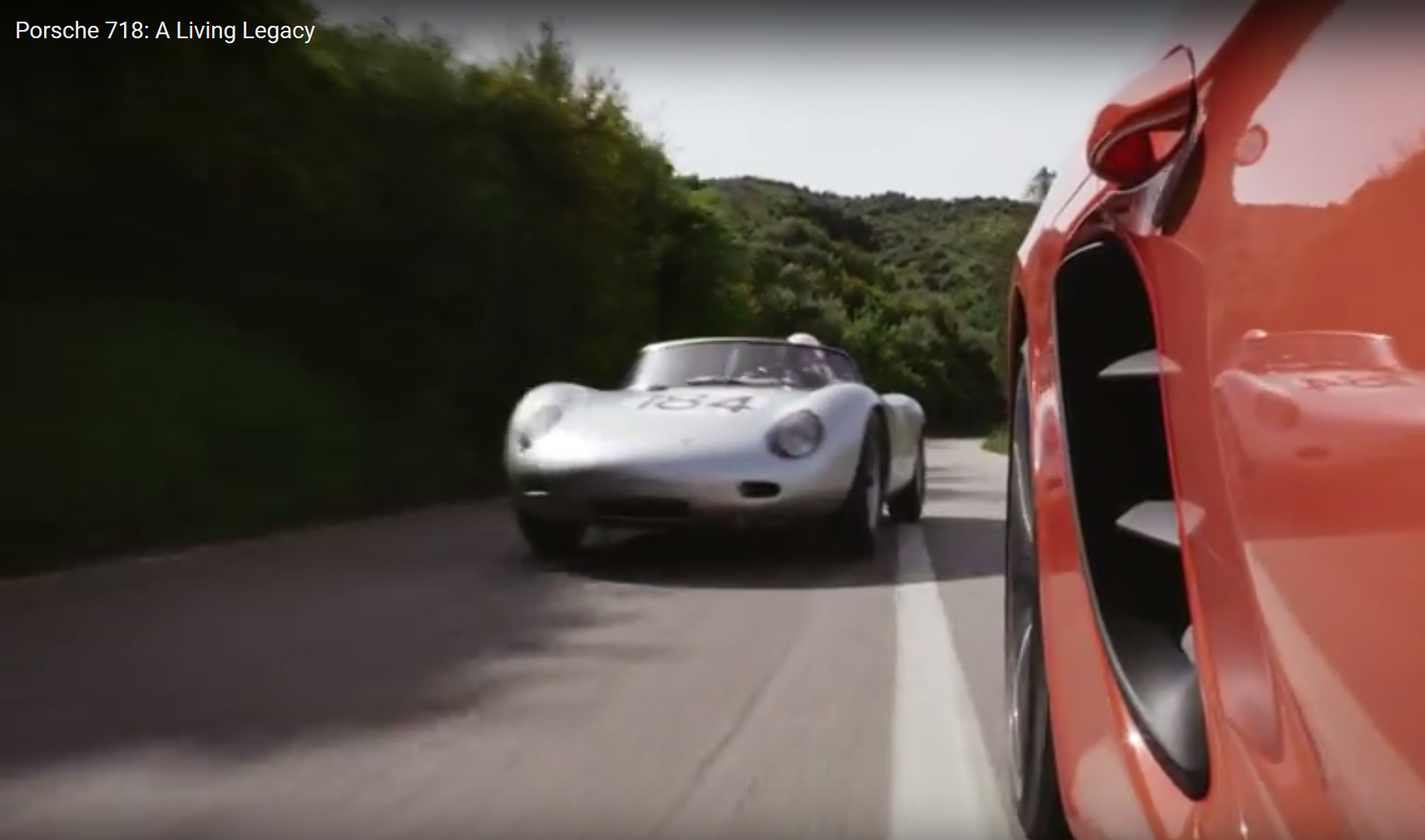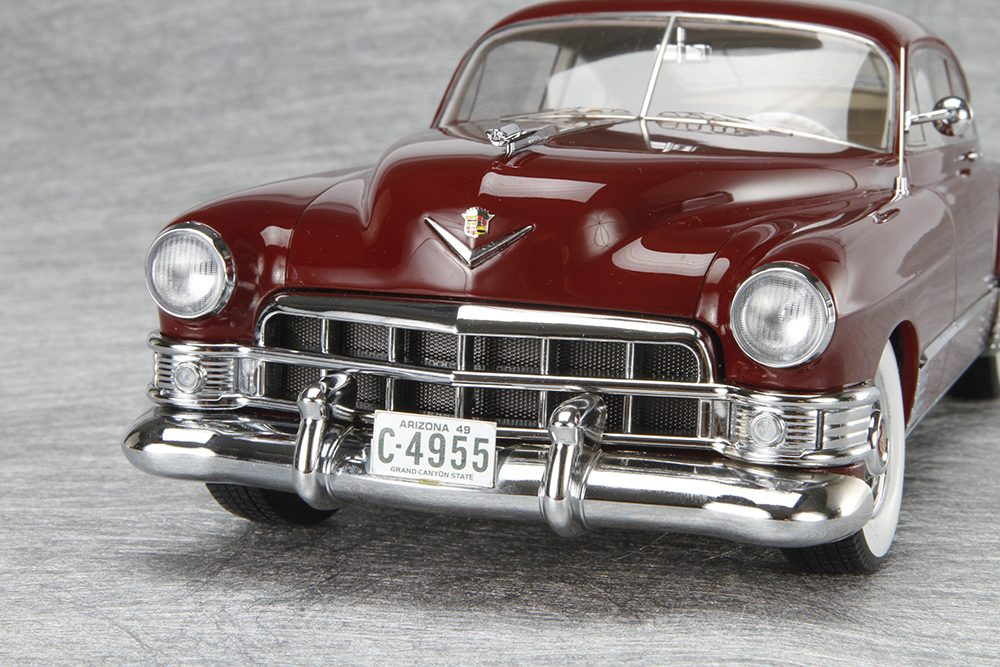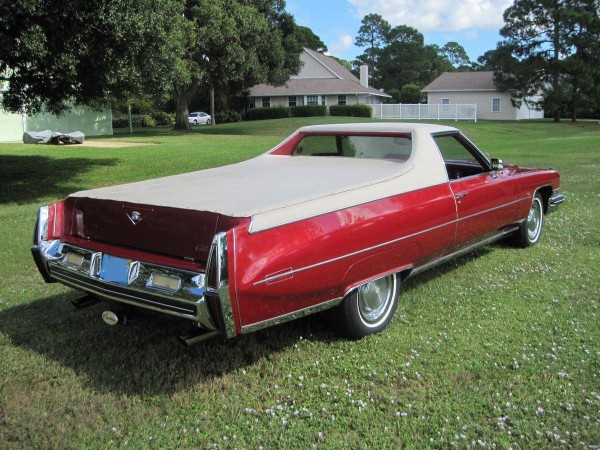![]()
Just seven years ago, Jada Toys entered the diecast marketplace, and it has since become one of the industry’s most recognized brands. Jada’s outrageous styling and innovative designs have a wide appeal and have thrust Jada’s name onto every diecast enthusiast’s radar. Although best known today for brazenly styled and highly customized vehicles, Jada Toys’ first diecasts were rather mundane.![]()
After founding the company in 1999, owners Jack and May Li’s first release was a 1:24-scale ’53 Chevy tow truck called “Thunder Tow.” Though that was a success, Jada didn’t really take off until designers Luis Tanahara and Kevin Thaxton joined the company. I sat down with them at Jada Toys’ headquarters in City of Industry, CA, to learn the history of this fast-growing company and to find out where it’s heading. ![]()
After a brief stint at Mattel, Luis joined Jada Toys in 2001 during a time when the “Dub” crazeputting 20-inch and larger wheels on lowered carswas just taking off. Luis took Jack Li around to car shows and introduced him to this burgeoning scene. He then pitched the idea of creating a line of diecast customs based on a virtual city”Dub City”in which all the vehicles would have 20-inch wheels and other customizations. The Dub City line was phenomenally successful and put Jada Toys on the diecast map. ![]()
Not long after he joined Jada, Luis convinced them to hire his friend and fellow designer Kevin Thaxton. The two developed a synergy that spawned several other innovative lines. Typically, Luis develops the vehicles, and Kevin designs the graphics that give them that unmistakable Jada flair. ![]()
Like many designers, Luis and Kevin began by sketching their ideas as a hobby. Luis drew his earliest sketches for local mini-truck clubs. When he and Kevin met in high school, they got into airbrushing, and their collaboration grew from there. Though they never thought they’d end up in the diecast industry, they enjoy the freedom it allows them: “You’re able really to do stuff you can’t do in real life because of design parameters. In diecast, you can do that and get away with it,” says Luis. ![]()
The entire process begins with ideas hand-sketched on paper. To streamline the process, the ideas are digitized and modified on a computer. Recently, a new process has been added in which the two-dimensional drawings are converted into three-dimensional CAD renderings. This allows the designers to get a better idea of how their designs will look before they make a physical model. ![]()
Once the three-dimensional CAD model has been finalized, a clay model that allows for major design changes is created. Then, a hand-carved resin model is formed. Minor adjustments can be made to the resin to some extent before the first metal version is produced. The metal version allows the designers to make small adjustments to the parts fit and to deal with any mechanical problems. An updated painted version is then created. Once the painted version gets the final go-ahead, the design is sent to Jada’s Hong Kong factory for production. While this is happening, the packaging department works on eye-catching packaging that often includes other collectible items such as trading cards.![]()

